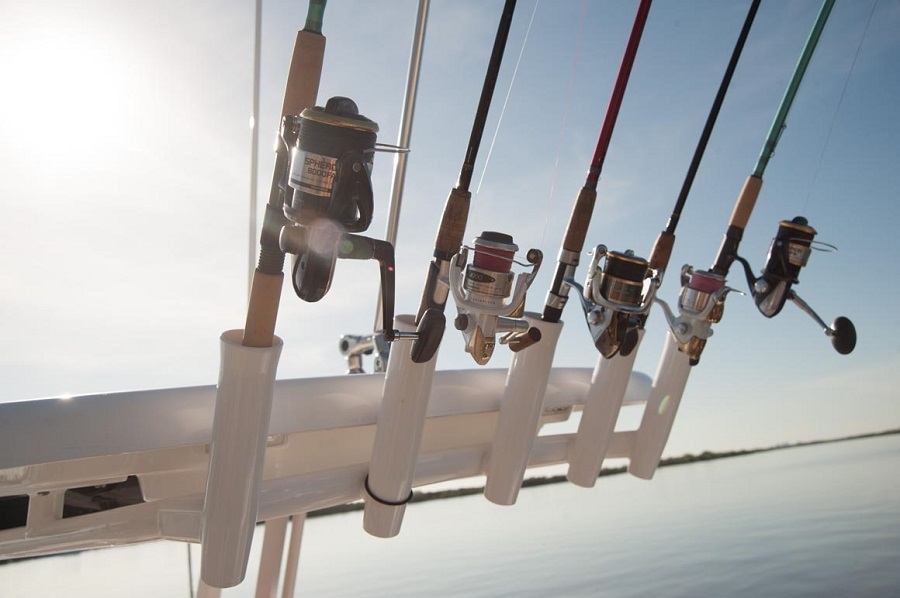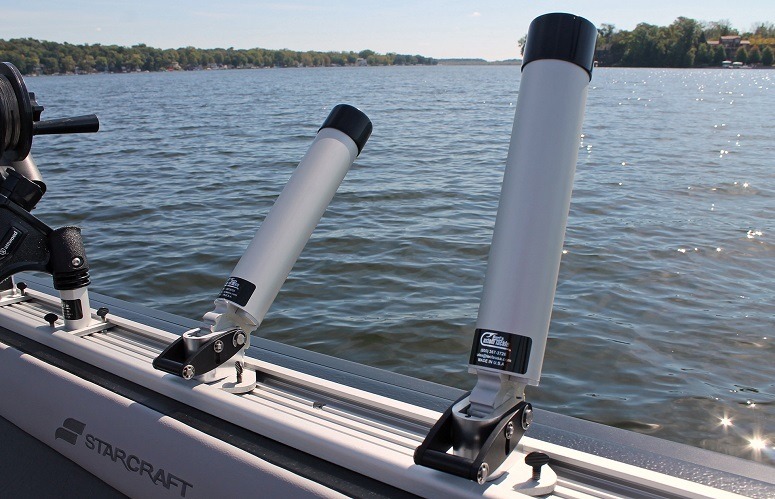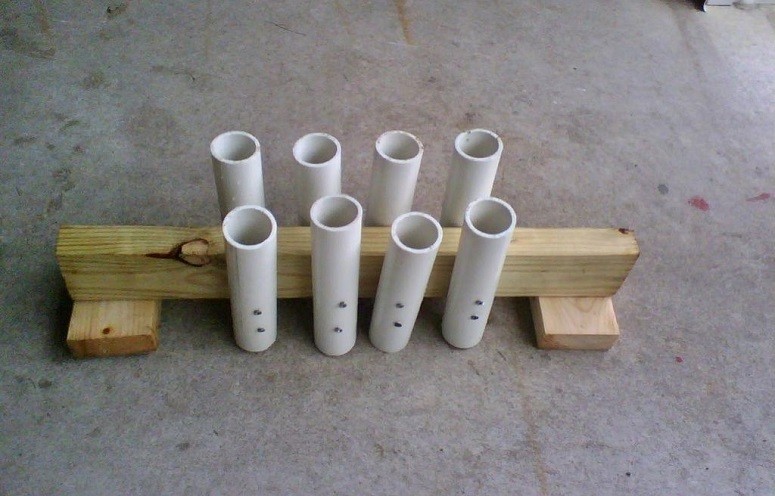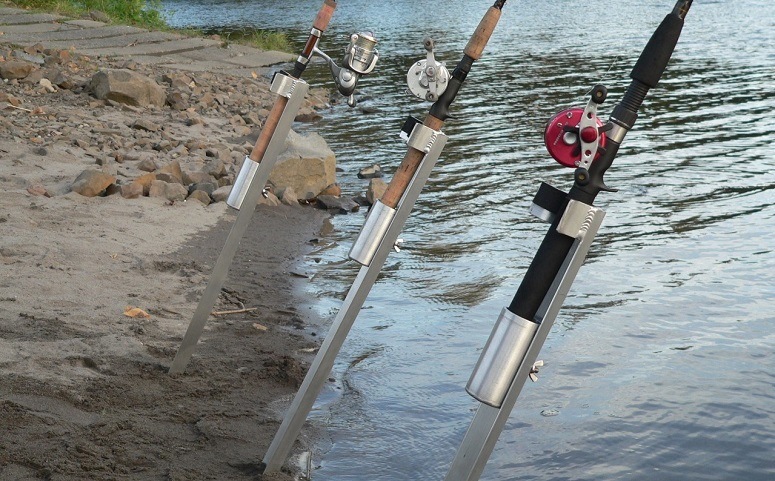Fishing rod holders are one of those things that many people don’t think about but they’re a priceless tool that can make the trip more enjoyable and even more successful! These tools will let even let the most experienced angler have better control of the placement of their rod, bait and lures.
The problem many anglers have is knowing what style of rod holder they should choose when looking at them for the first time. We want to take this opportunity to shed some light on these little suckers so that you have a better idea of what to look for when shopping.
Why Do I Need A Rod Holder?
First thing’s first, if you think you don’t need a rod holder and you’re perfectly find holding the rod yourself, that’s fine. But the holder isn’t just to give your hands a break. These tools are especially useful when you’re trolling.
The holder holds your rod in place while you focus on operating the boat, making notes, or checking the electronics. The holders can also help you from getting tired from holding your rod for hours on end.
The rod holder can also allow you to use more than one rod (evenly spaced so the lines don’t get entwined with one another) at once, thus improving your chances of getting a catch.
Types Of Fishing Rod Holders
Freshwater Fishing Rod Holder
If you’re fishing in fresh water, you can find rod holders that are made from fiberglass or nylon. These are low-cost, budget-friendly options that aren’t corrode. Keep in mind that because they aren’t made from metal, they aren’t going to be as sturdy as a metal holder.
Saltwater Fishing Rod Holder
When you’re going to venture out into saltwater, it’s recommended that you use holders that are made from either stainless steel, aluminum zinc, or chrome brass. Most often you’ll find saltwater rod holders made from stainless steel or chrome brass because they’re less likely to corrode in the elements than other metal materials.
Clamp-On Mounts
Clamp-on mounts are versatile and the best option if you haven’t chosen where you want to permanently install your mount. You can clamp the mount wherever you want and move it if you’d like.
Flush Mounts
Flush mounted fishing rod holders can be installed by drilling a hole large enough for the holder to be put into. You’ll want to seal the seams with marine silicone and then screw the holder in place. If done correctly, there won’t be any leaks.
Flush Swivel
A flush mount rod holder is a device that anglers will put into an existing holder so that the rod is kept at a 30-degree angle or completely vertical. It’s recommended that if you’re going to go after large game fish, you select a holder with a swivel base so that the rod can move without risk of breaking the fishing line.
Deck Mounted
A deck mounted rod holder is going to be the easiest to mount because all you have to do is drill a few holes where you’d like to put your holder.
DIY Fishing Rod Holder
If you decide that you’re not interested in spending money on a rod holder and you’re the DIY type, then you’ll be happy to know that you can make your very own for pretty cheap.
To make six holders you will need:
Instructions:
Step 1: Cut the PVC into 12-inch lengths (or whatever is comfortable for you)
Step 2: Cut the angle into 24-inch lengths. Trim one of the ends off to form a point so that you can easily push it into the ground. If you are going to fish in soft ground, you can make these longer if need be.
Step 3: Paint your pieces and let them dry.
Step 4. Put a piece of PVC in the angle and align the top of the PVC to match the top of the non-pointed side of the angle. By doing this, you can use a mallet to pound the holder into the ground without damaging the PVC,
Step 5: Drill a hole at either end of your PVC – the holes in the angle are perfect to act as a guide.
Step 6: With the smooth side facing in, put four carriage bolts through the angle. The smooth side of the bolts won’t damage your rods.
Conclusion
A rod holder can make your fishing trips a little more enjoyable – especially if you’re going to be out on the water for any length of time. With that said, just because one of these bad boys are invaluable to anglers, that doesn’t mean you have to spend an arm and leg on one.
With a little creativity, ingenuity and a vision, you can create your very own rod holder. We like DIY fishing rod holders because they give you the freedom to customize your setup as you see fit.
This is just one example of how you can make your own holders, but there are also many fishing rod holder plan variations available on the internet if you want to see what others have done before making your own.
In the comment section below, we want to hear your thoughts about fishing rod holders. Do you agree that these items are essential for every angler or would you rather have a rod in your hand at all times?
Resources:




